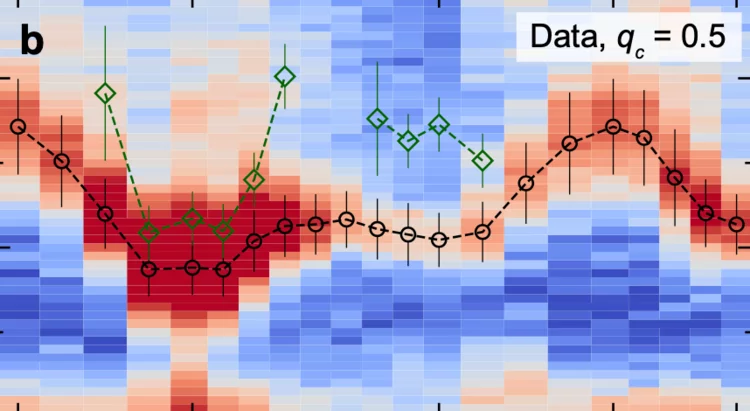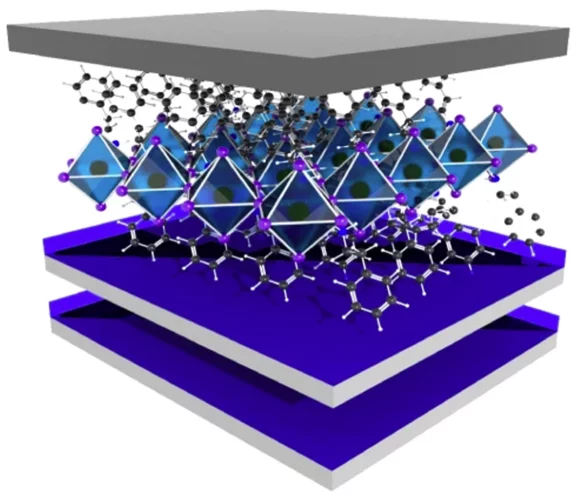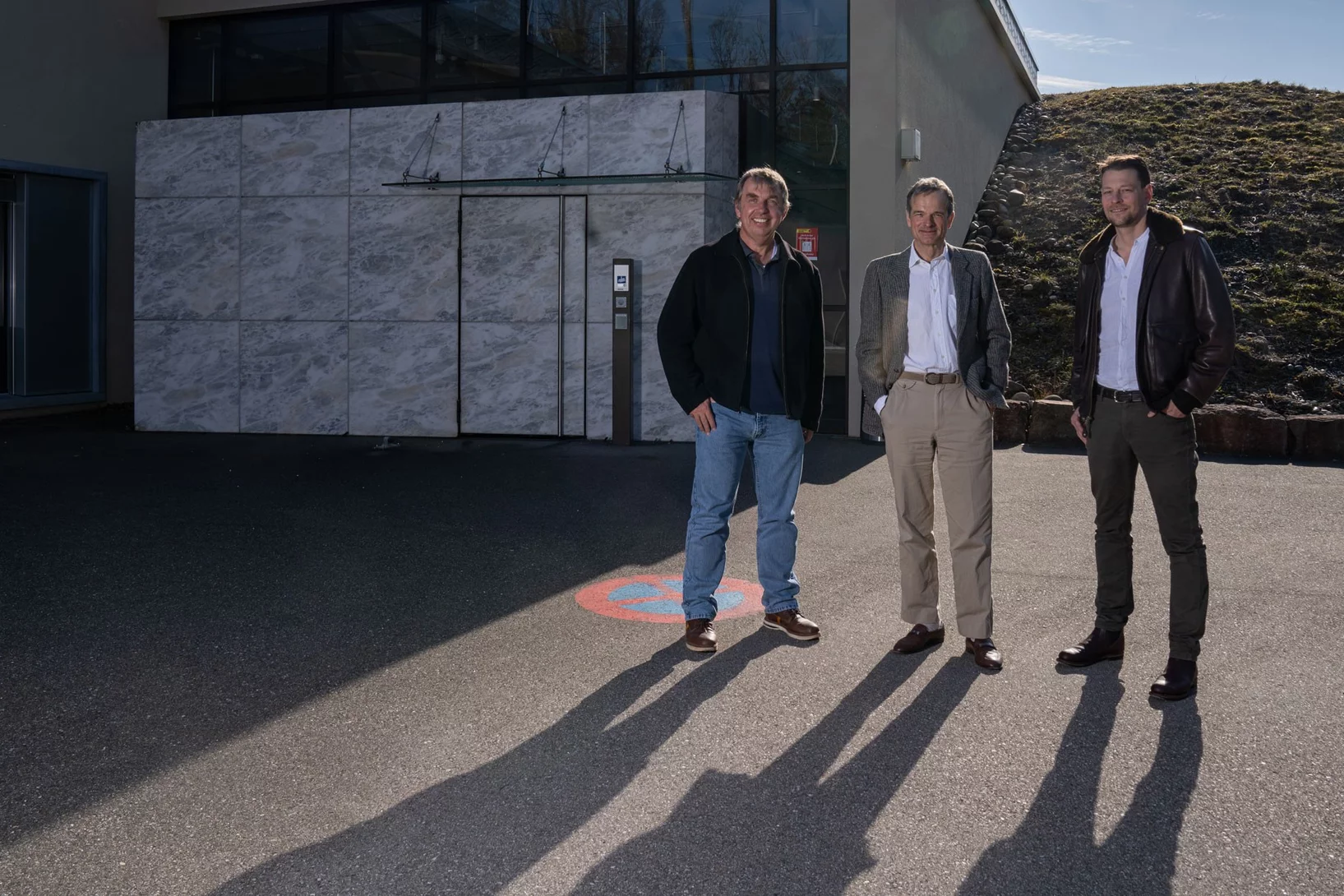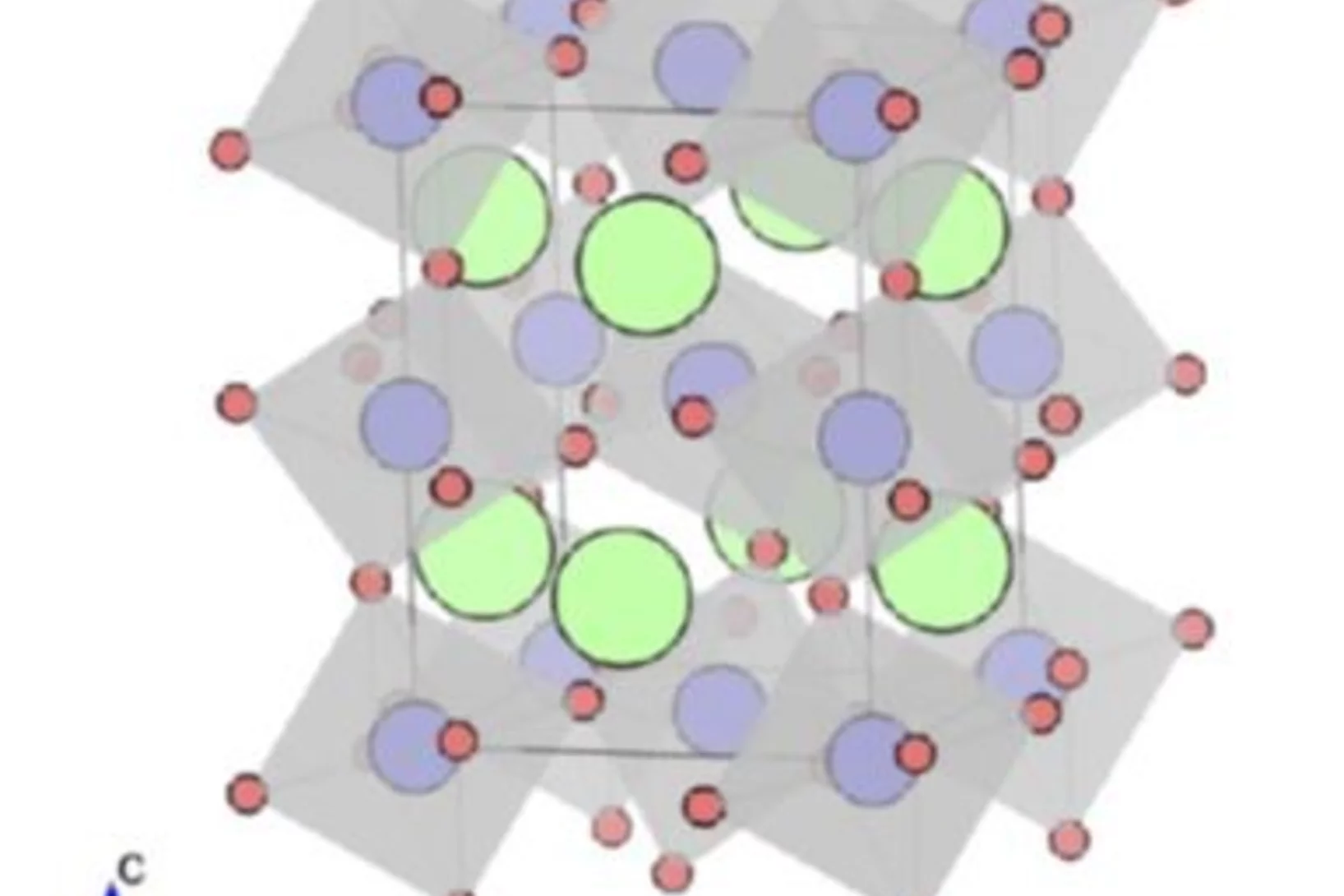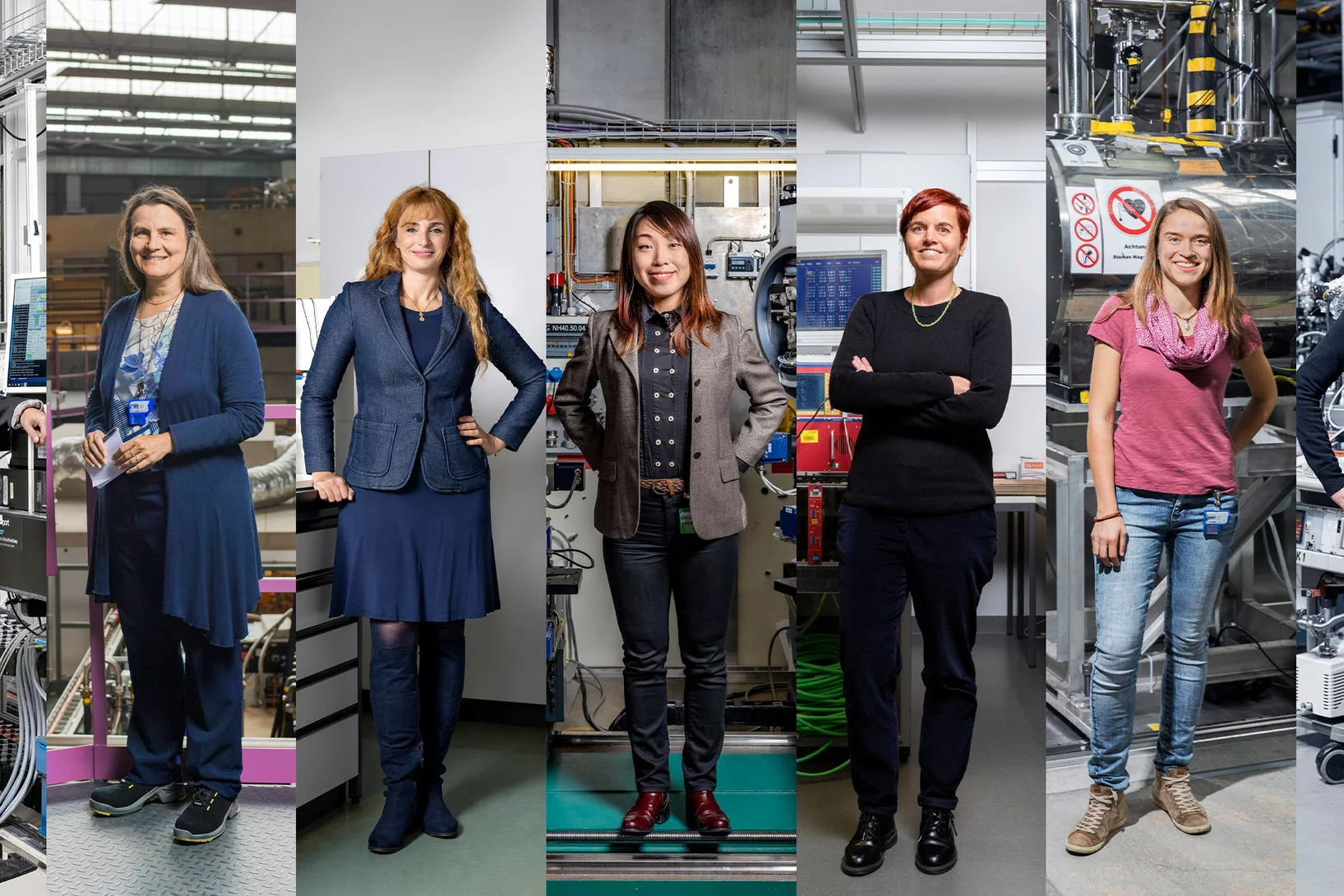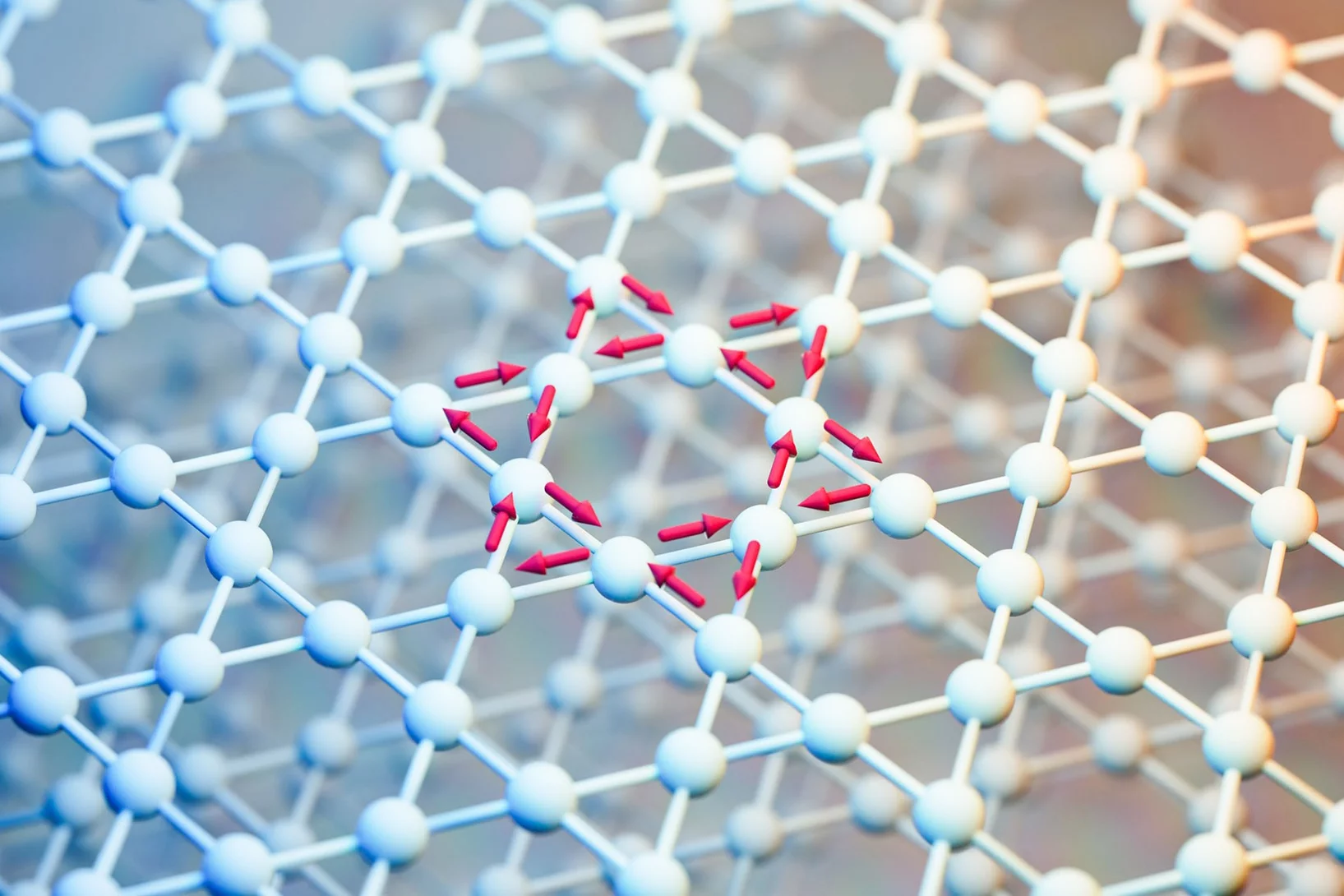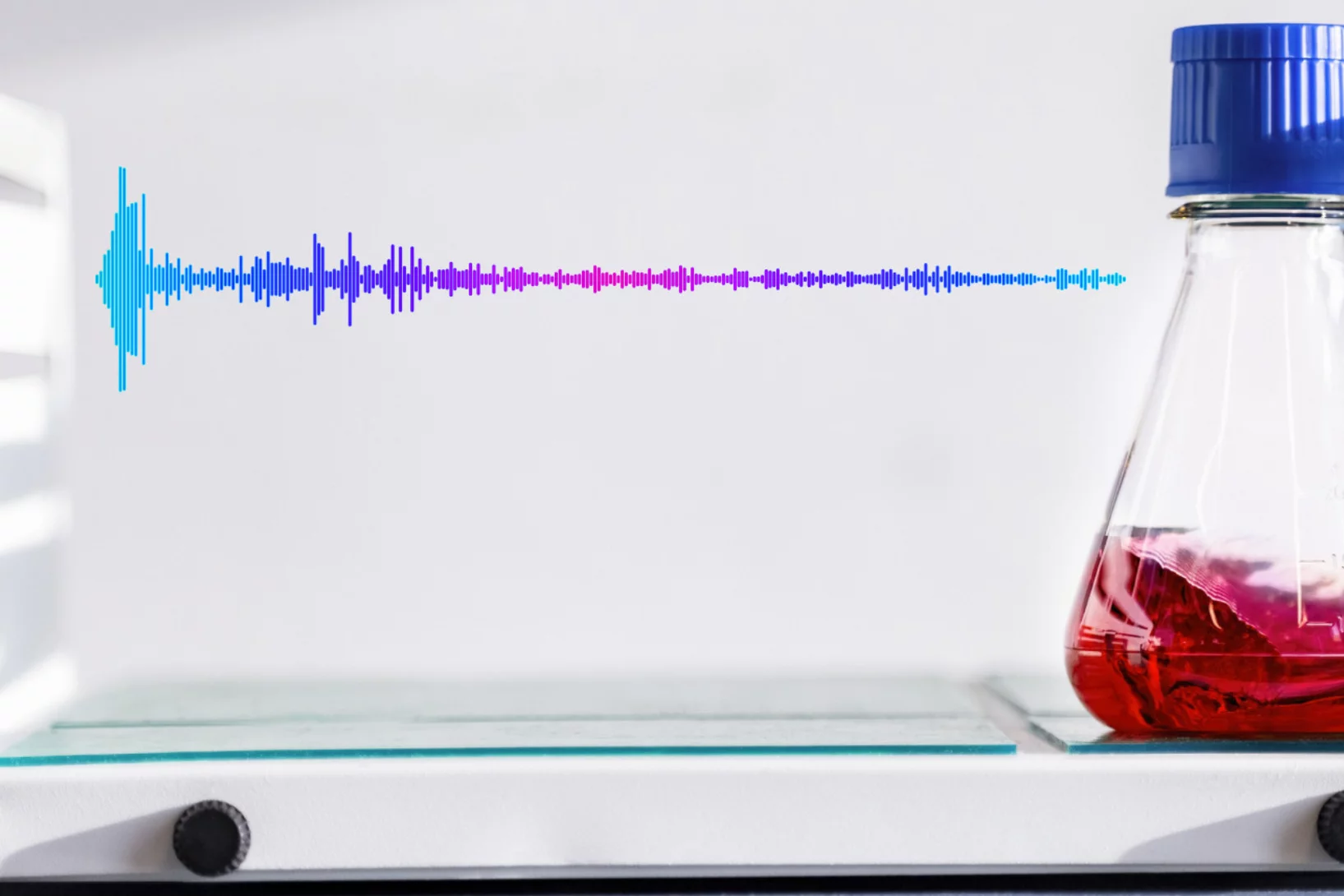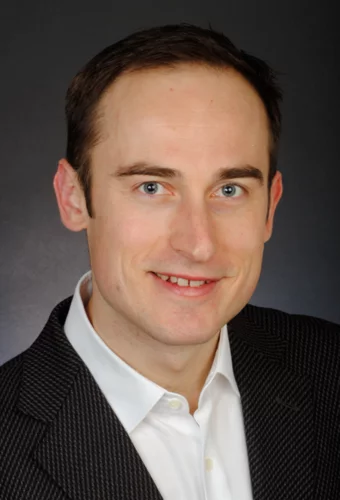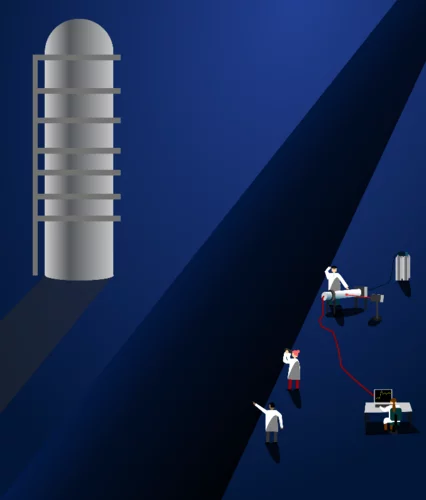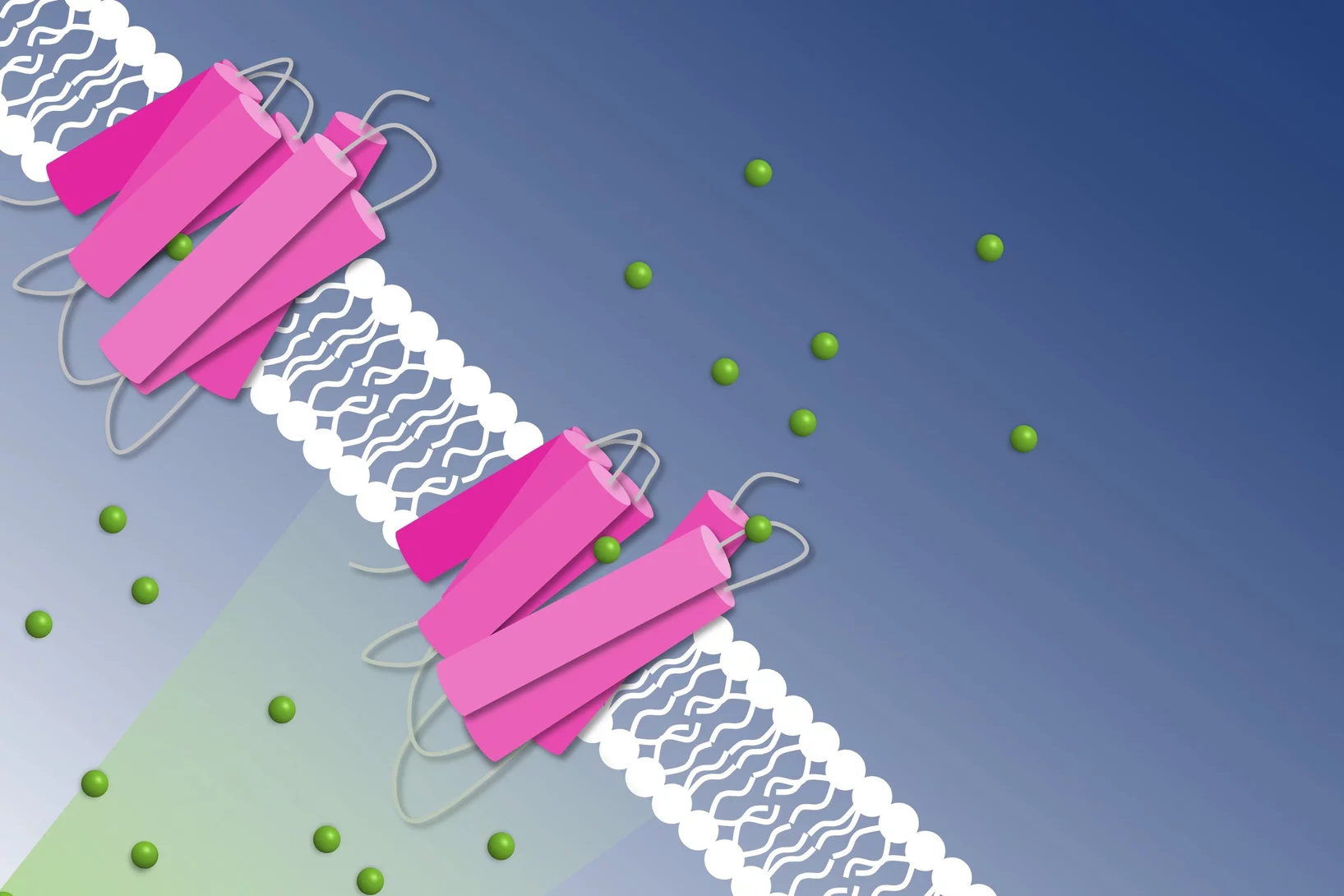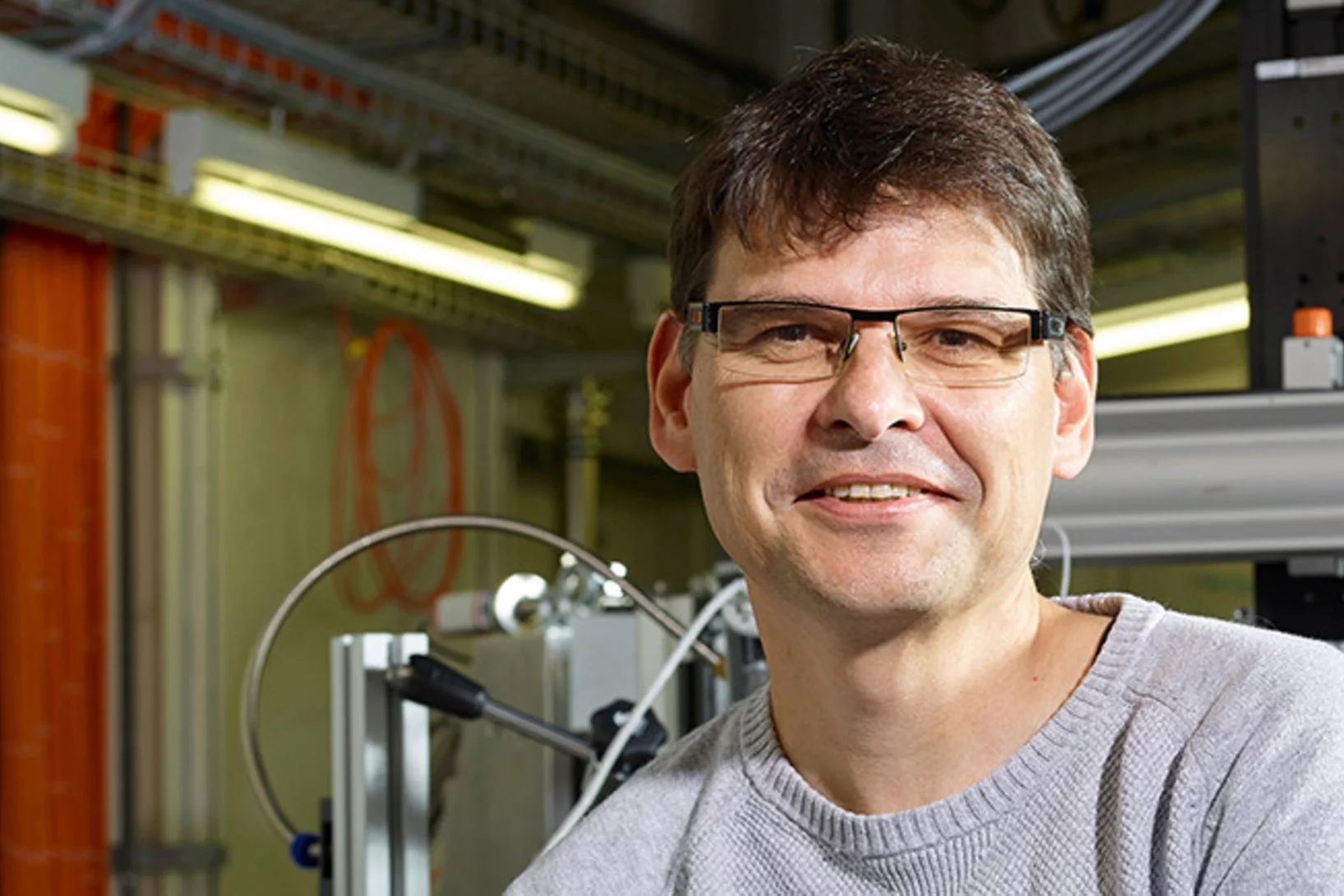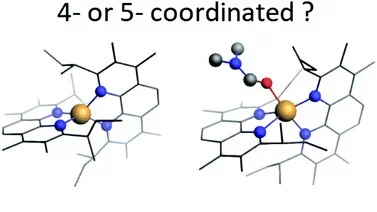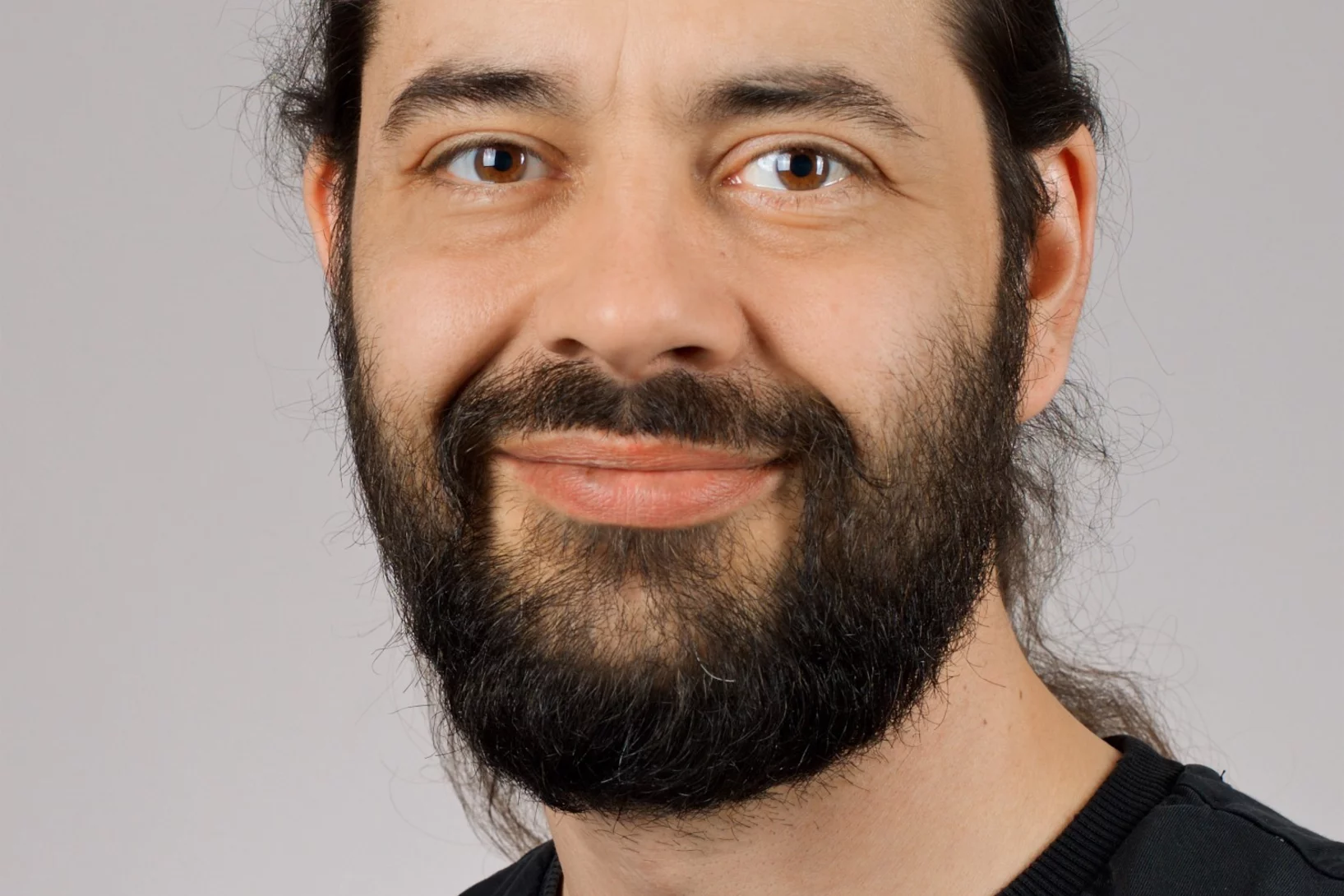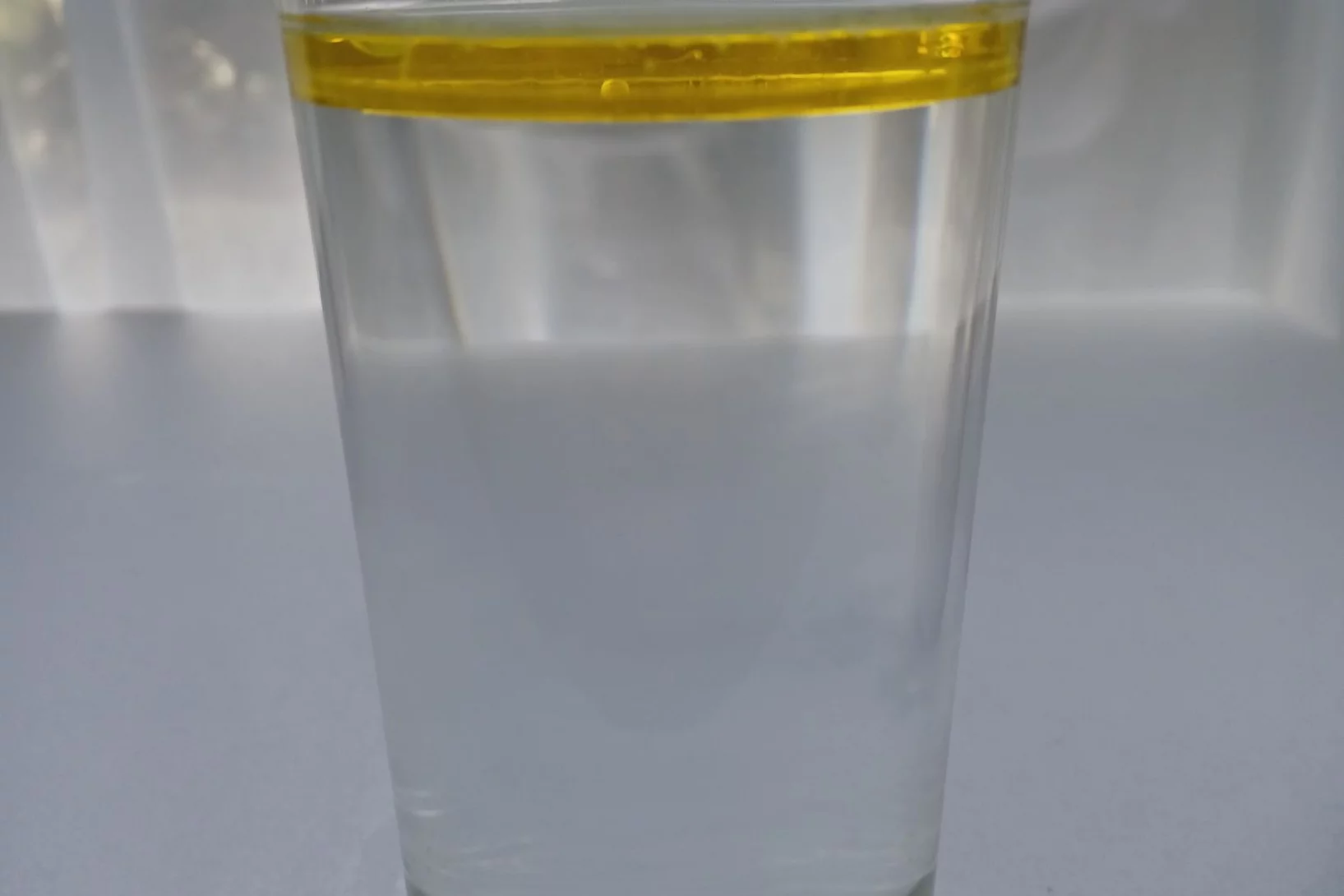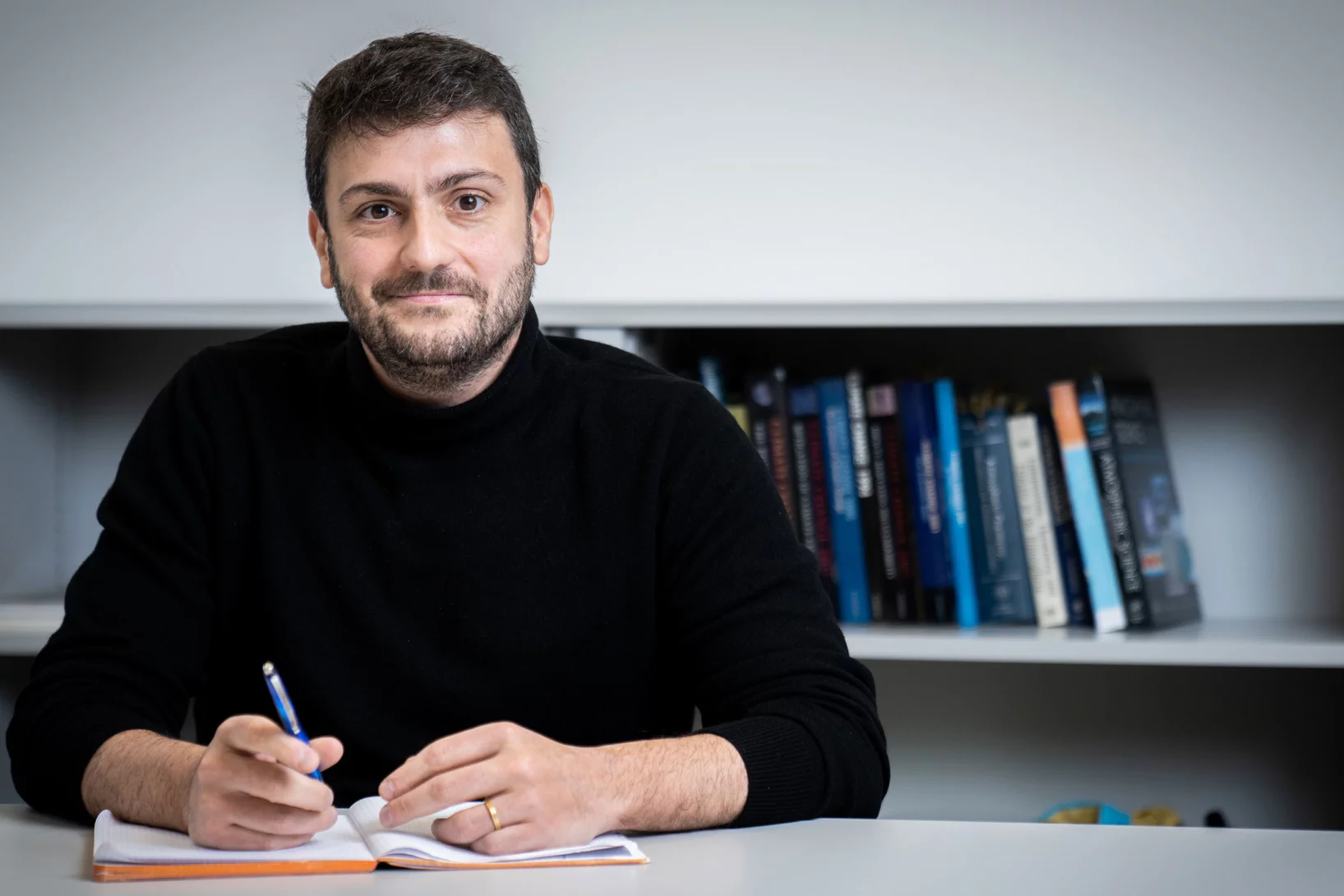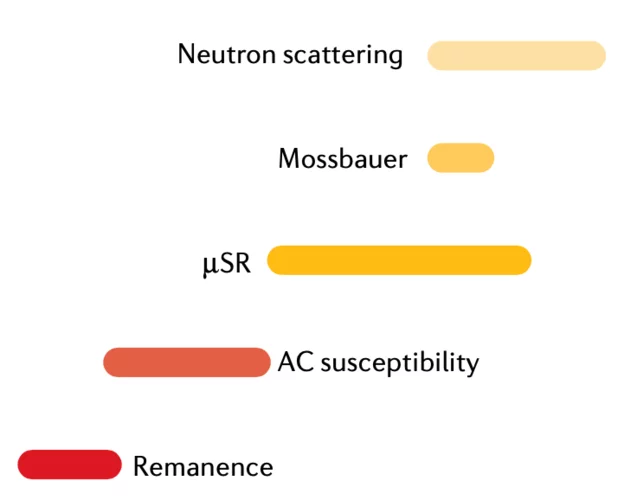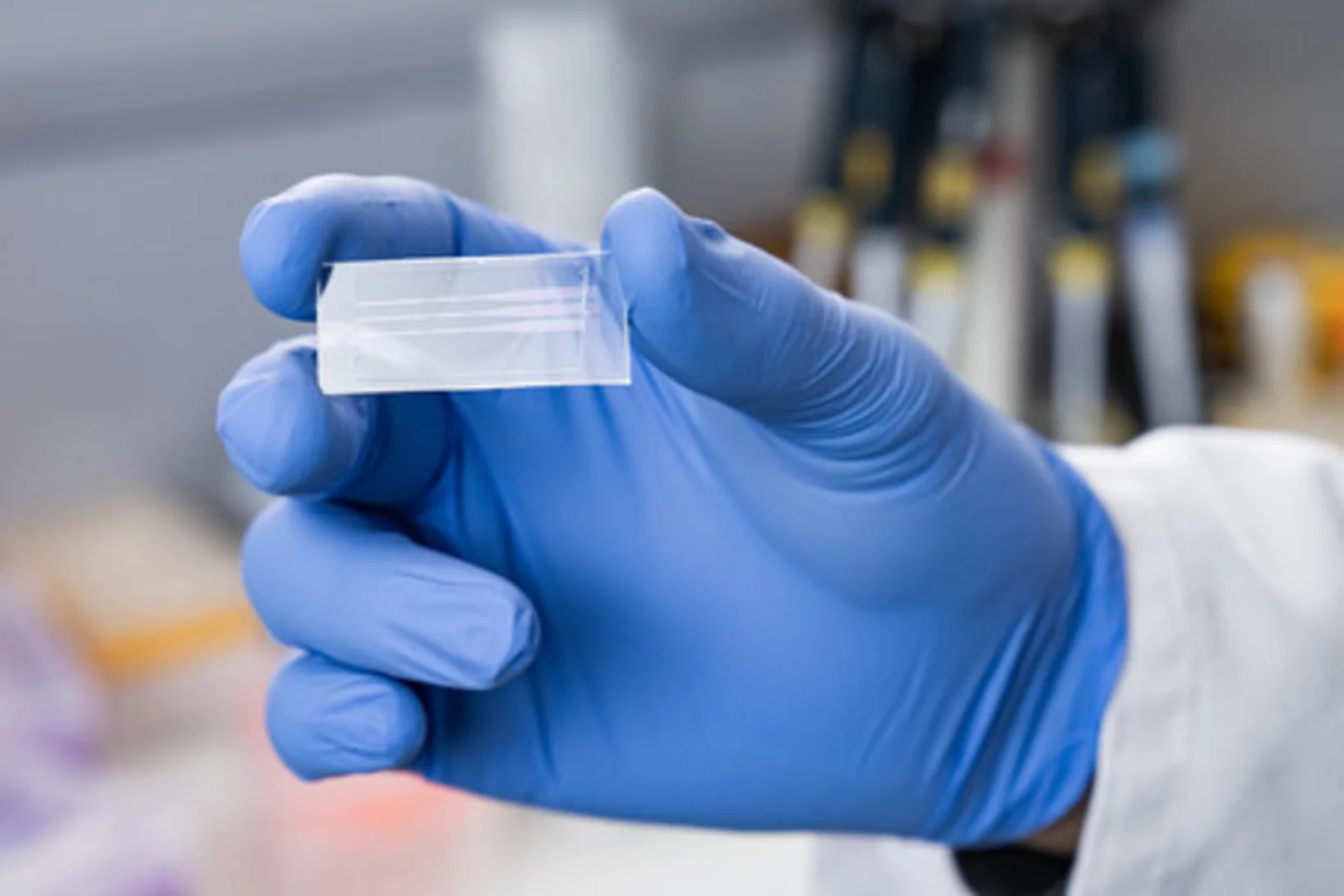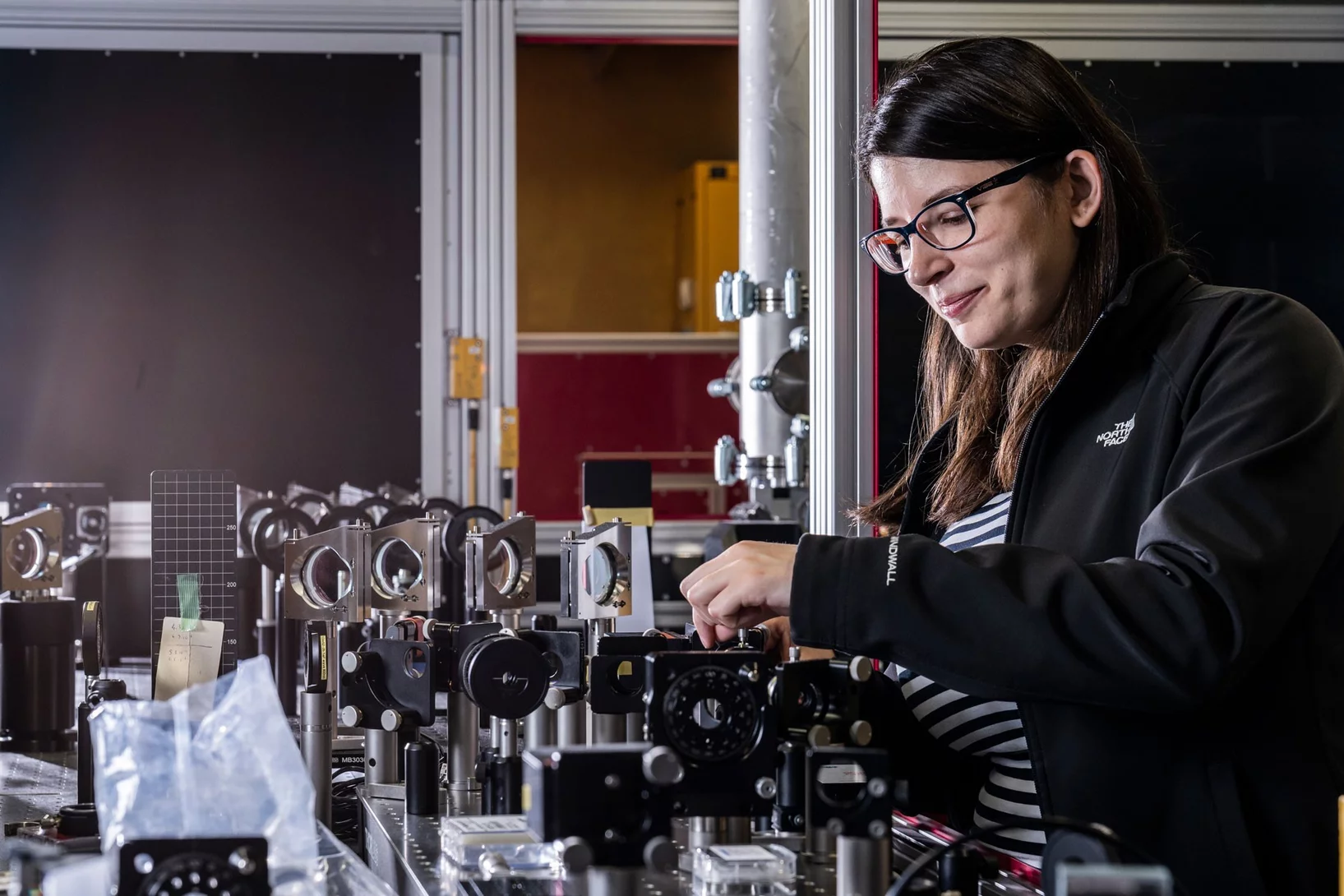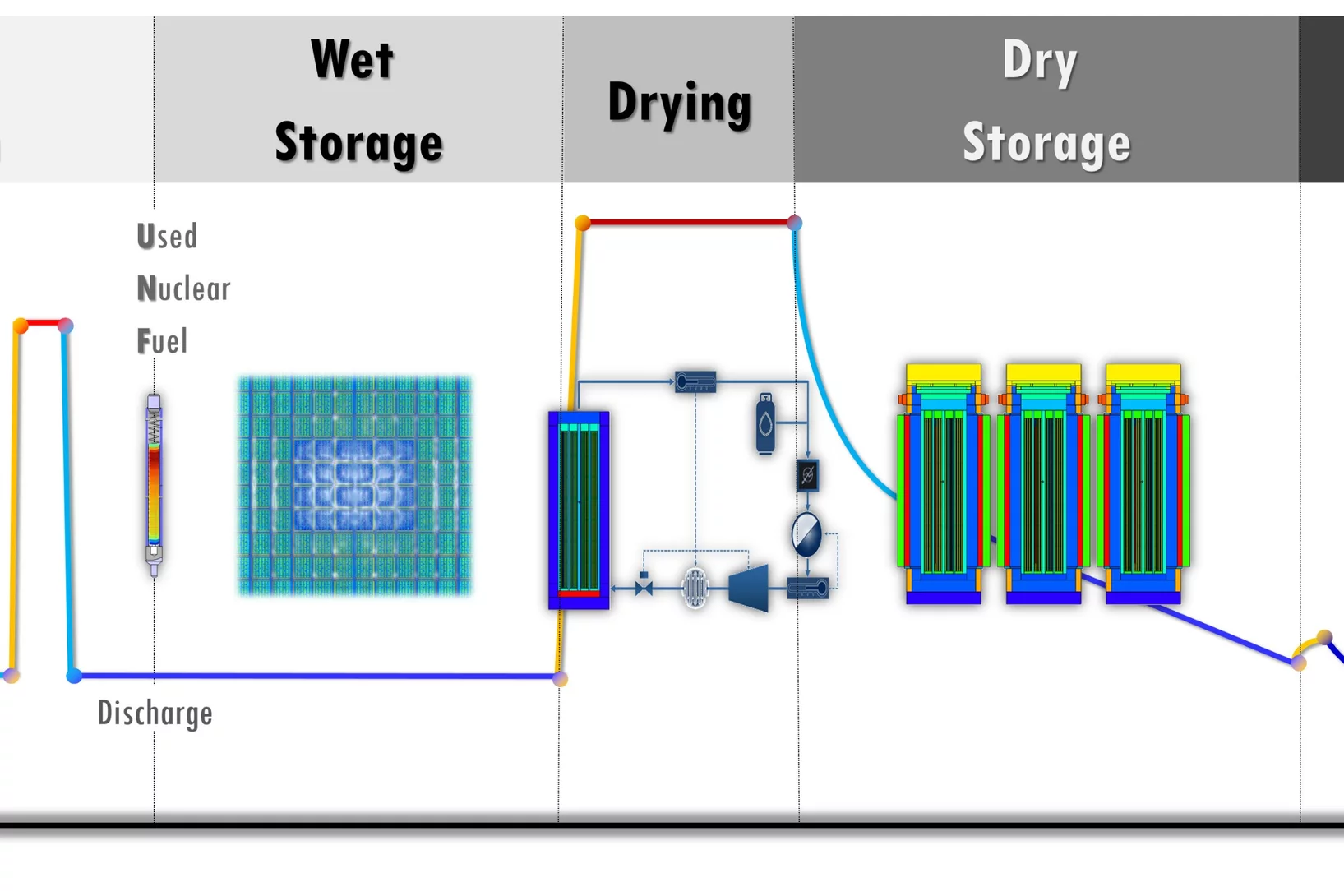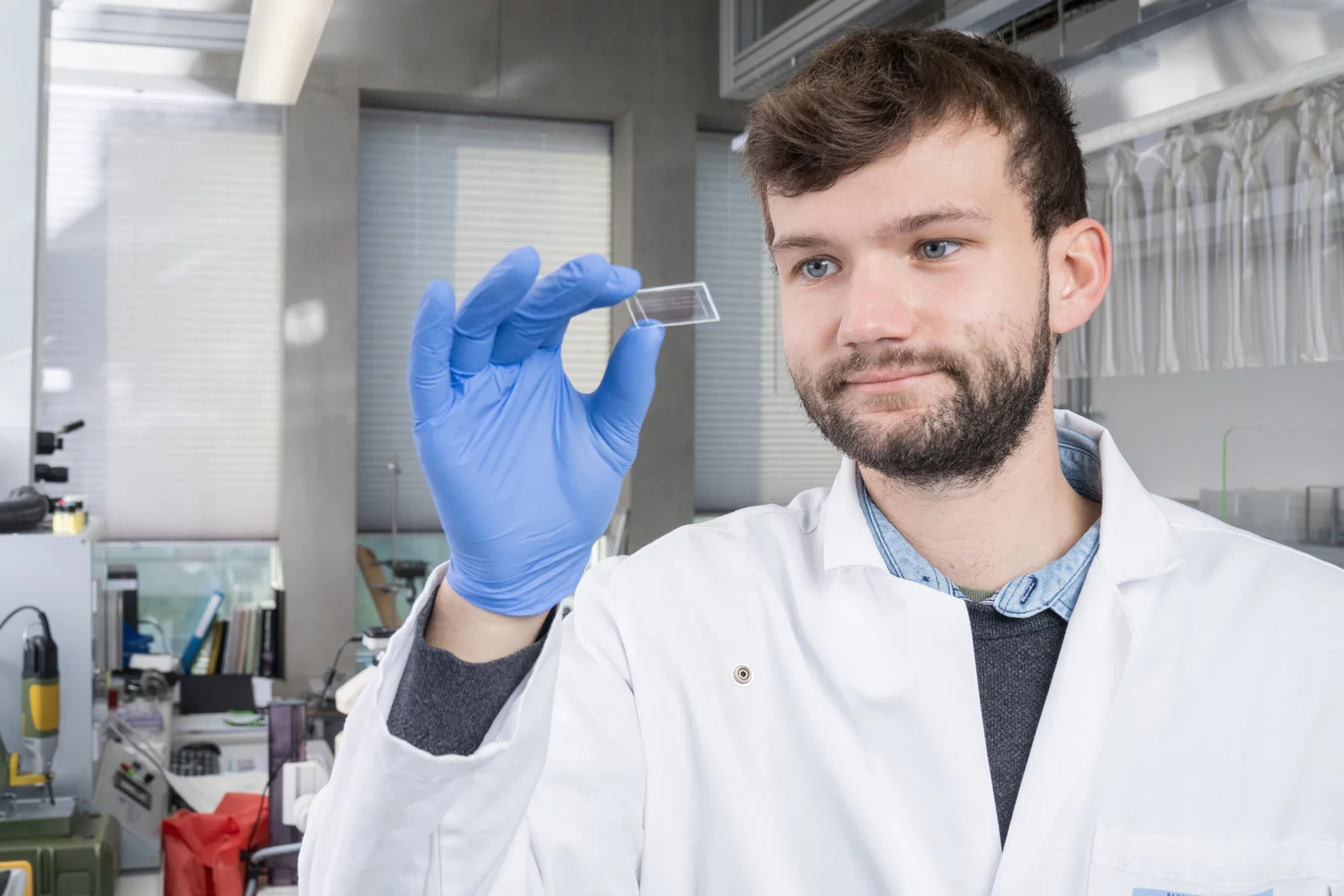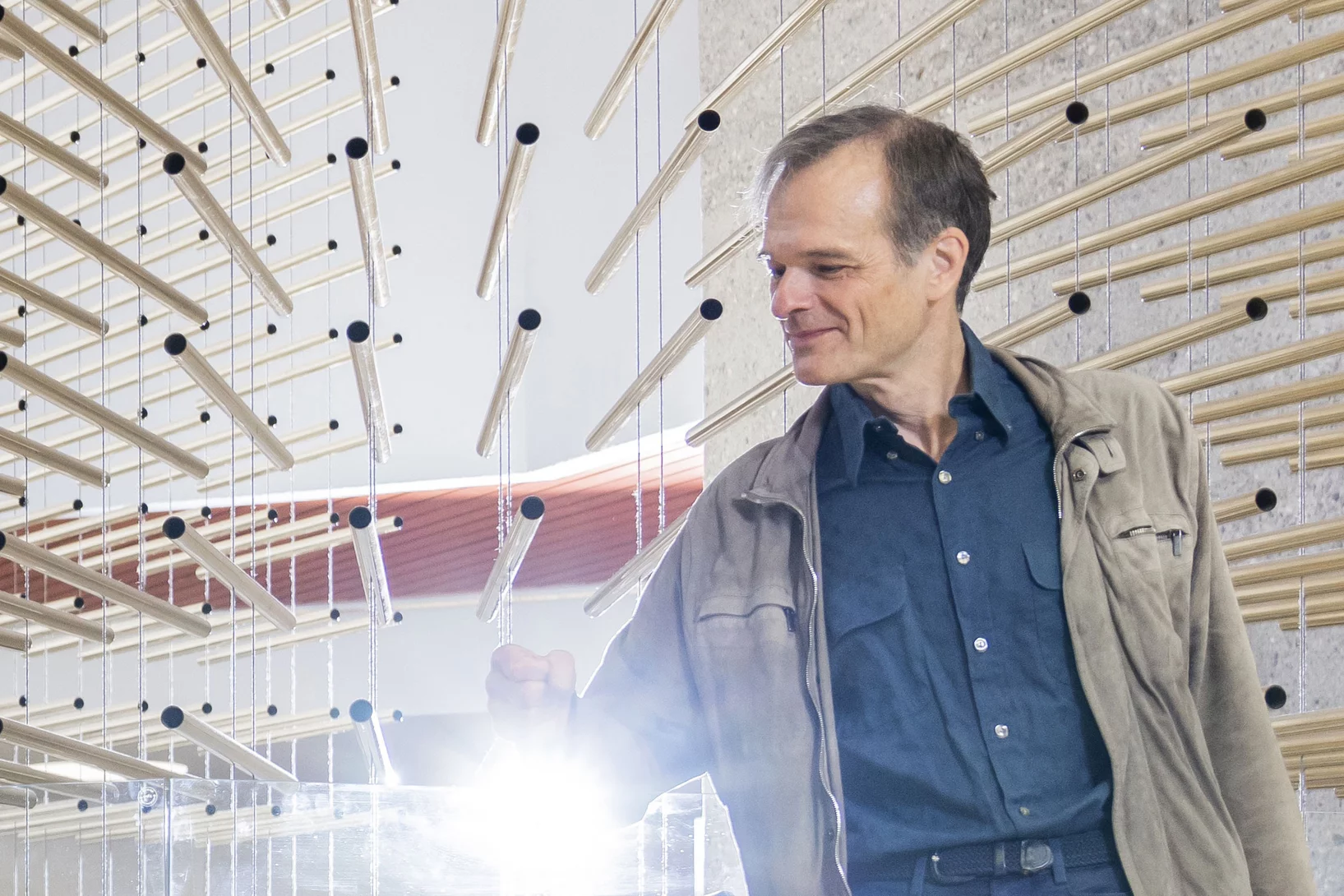A l’Institut Paul Scherrer, les scientifiques cherchent des réponses à la question essentielle des structures élémentaires de la matière et des principes fondamentaux de fonctionnement dans la nature. Ils étudient la structure et les propriétés des particules élémentaires – les plus petits composants de la matière – ou se penchent sur la question de savoir comment les molécules biologiques sont structurées et remplissent leur fonction. Les connaissances qu’ils acquièrent de la sorte ouvrent de nouvelles pistes de solution en sciences, en médecine ou dans le domaine des technologies.
Pour en savoir plus, reportez-vous à Aperçu Fondements de la nature
Restrictions to enter Switzerland have been disposed
As of 17 February 2022 Switzerland has disposed all COVID-related restrictions to enter the country. For the time being certificates for vaccination or negative tests are no longer required.
Antiferromagnetic excitonic insulator state in Sr3Ir2O7
Excitonic insulators are usually considered to form via the condensation of a soft charge mode of bound electron-hole pairs. This, however, presumes that the soft exciton is of spin-singlet character. Early theoretical considerations have also predicted a very distinct scenario, in which the condensation of magnetic excitons results in an antiferromagnetic excitonic insulator state. Here we report resonant inelastic x-ray scattering (RIXS) measurements of Sr3Ir2O7.
PSI am diesjährigen KMU Swiss Symposium!
Am 17. März findet das diesjährige KMU Swiss Symposium in Baden statt – wir freuen uns, dass wir dieses Jahr wieder physisch vor Ort dabei sind!
Das KMU Swiss Symposium bietet eine Plattform für Austausch und Inspiration – dies wird ermöglicht durch spannende Referate, diverse Messestände mit innovativen Projekten und Networking.
Auch die Bundesrätin Viola Amherd wird am 17. März in Baden zu Gast sein und wird die Eröffnungsrede halten, gefolgt von weiteren hochkarätigen Referenten, unter anderem Nina Suma, die Geschäftsführerin des Badener Thermalbades «Fortyseven», Neurowissenschaftlerin Claudia Thali, Thomas Boyer, CEO der Groupe Mutuel sowie Guido Konrad, Geschäftsführer Varian Medical Imaging Labs.
Das PSI ist mit dabei – besuchen Sie uns an unserem gemeinsamen Stand mit dem Hightech Zentrum Aargau und erfahren Sie mehr darüber, wie wir Industrie und KMU bei Ihren technischen Herausforderungen und Innovationsprozessen unterstützen können.
Lighting up the appealing world of hybrid perovskites
Researchers from Italy, in collaboration with the Paul Scherrer Institut, successfully used the macromolecular crystallography beamline X06DA-PXIII at the Swiss Light Source to characterize promising perovkites materials used in solar cells and other photodetector devices.
Internationaler Tag der Frauen und Mädchen in der Wissenschaft am 11. Februar
Am 11. Februar war der Internationale UNESCO-Tag der Frauen und Mädchen in der Wissenschaft. Einige unserer Mitarbeiterinnen in der Forschung haben sich hierzu vorgestellt. Was begeistert sie an der Forschung? Die Antwort dazu und ihre Profile sind auf unserer Webseite zu finden und können über LinkedIn und Twitter kommentiert und geteilt werden.
Opening the door to X-ray quantum optics
The 'perfect' X-ray beam-splitter: Researchers at SwissFEL have an ingenious solution to produce coherent copies of pulses, facilitating a realm of new X-ray techniques.
Low-energy spin dynamics in rare-earth perovskite oxides
A team of scientists from Paul Scherrer Institut and Oak Ridge National Laboratory review recent experimental studies of spin dynamics in the rare-earth perovskite materials. These compounds show unconventional magnetic excitations at low temperatures, including confined and deconfined spinons as well as multimagnon states, which were revealed by means of high-resolution neutron spectroscopy. These observations demonstrate that the rare-earth perovskite magnets can provide realizations of various aspects of quantum low-dimensional physics.
Rent-a-Stift
Anfang Oktober erhielten wir von Ask! ein Coaching in Auftrittskompetenz und Präsentationstechnik. Ab Anfang Dezember besuchten wir dann in 2er-Gruppen den Unterricht an verschiedenen Schulen und hielten einen Vortrag über unsere persönliche Erfahrung bei der Lehrstellensuche, unserem Lehralltag und im Lehrbetrieb.
Journée internationale des femmes de science
Journée internationale des femmes de science: nous présentons sept femmes qui travaillent au PSI.
Arbeiten im Homeoffice
Im Januar 2022 haben die Automatiker des 1. Lernjahres im Homeoffice ihre ersten eigenen Erfahrungen gemacht.
ESUO questionnaire on impacts of absence of TNA funding
ESUO, the European Synchrotron and FEL Users Organisation, has launched a questionnaire on the Possible impacts of the absence of TransNational Access (TNA) funding for the user community. ESUO, in cooperation with LEAPS, kindly asks you as users of photon facilities to fill in that questionnaire.
The outcome of the questionnaire will empower ESUO to continue advocating both to the European Commission and to the National Funding Agencies for TNA funding for all science topics and for all scientists.
New insight into unconventional superconductivity
Signatures for a novel electronic phase that enables charge to flow spontaneously in loops have been observed in a kagome superconductor. The findings are published today in Nature.
Les bruits de la recherche
Peut-on voir les bruits? Non, bien sûr. Néanmoins, cette galerie tente l’impossible et jette un pont optique vers l’environnement sonore que l’oreille perçoit au PSI.
New Head of Laboratory for Energy Systems Analysis (LEA)
As of February 1st 2022, Russell McKenna joins the Paul Scherrer Institute’s Laboratory for Energy Systems Analysis (LEA) as head of the Laboratory. The position at PSI and the full professorship at ETHZ will enable him to combine his research with teaching activities. This optimally reinforces the cooperation between ETH Zurich and the two energy sectors, ENE and NES, of the PSI.
Optimization of catalyst performance to increase efficiency of methanol production
Many types of catalysts have been well known for decades, but the fundamental understanding as to why they work so well is still not quite clear. Without this understanding, an even more efficient catalyst cannot be developed, which is needed to reduce the global energy demand. Copper-zinc-alumina (CZA) is a popular catalyst and has been used for about 100 years, as it facilitates the production of the important chemical building block methanol, a molecule that enables the storage of hydrogen in a manner that minimizes negative impact on the carbon-dioxide footprint. Until 2021, scientists debated over the reason why the catalyst works so well. Understanding the reason behind this is vital in order to further develop even better ones. The copper-zinc-alumina (CZA) catalyst is assessed at the Laboratory for catalysis and sustainable chemistry (LSK) of the Paul Scherrer Institute.
How to get chloride ions into the cell
A molecular movie shot at PSI reveals the mechanism of a light-driven chloride pump
Une simulation pour faire avancer les travaux de déblaiement à Fukushima
Une nouvelle simulation des débris radioactifs les plus dangereux de la centrale nucléaire de Fukushima devrait faire avancer les travaux de déblaiement.
Neuer Aktionsplan Diversität, Chancengerechtigkeit und Inklusion 2021-2024
Der neue Aktionsplan Diversität, Chancengerechtigkeit und Inklusion 2021-2024 ist jetzt online. Hier ist der Link mit der Übersicht und dem vollständigen Dokument.
Les fumiers: des sources d'énergie sous-utilisées
Les fumiers contiennent une quantité d’énergie trop peu utilisée, confirme un livre blanc rédigé par des chercheurs suisses en bioénergie.
Exploring the role of structural distortions to obtain Cu photosensitizer with thousand times longer excited state lifetime
Cu diimine complexes present a noble metal free alternative to classical Ru, Re, Ir and Pt based photosensitizers in solution photochemistry, photoelectrochemical or dye-sensitized solar cells. Optimization of these dyes requires an understanding of factors governing the key photochemical properties: excited state lifetime and emission quantum yield. Using pump-probe XAS and DFT calculations we have explored the involvement of exciplex formation in the deactivation of the photoexcited state.
New Laboratory Technician Christian Hanisch
A new colleague, Christian Hanisch, started on February 1, 2022, as a technician in the Laboratory for Catalysis and Sustainable Chemistry and we warmly welcome him.
Ein Homeoffice-Tag eines Chemielaboranten
Wie funktioniert eigentlich Spülmittel? Das sind die Erkenntnisse eines Chemielaboranten.
Andrea Baccarini, former member of the Laboratory of Atmospheric Chemistry, awarded the ETH Medal for his PhD thesis
Andrea Baccarini, a former PhD student at the Laboratory of Atmospheric Chemistry, has been awarded the ETH Medal for his thesis investigating aerosol formation in the Arctic and Antarctic and the role aerosols play in climate change.
Diagnostiquer l’asthme dans un souffle
Le PSI participe au développement d’un test respiratoire, grâce auquel il devrait être possible de diagnostiquer l’asthme. Une interview avec Imad El Haddad.
Muon spin spectroscopy
Muons are particles with a spin of 1⁄2 that can be implanted into a wide range of condensed matter materials to act as a local probe of the surrounding atomic environment. Measurement of the muon’s precession and relaxation provides an insight into how it interacts with its local environment. From this, unique information is obtained about the static and dynamic properties of the material of interest ...
Covid-19: un nouveau test rapide plus performant
Des chercheurs de l’Institut Paul Scherrer PSI et de l’Université de Bâle ont mis au point un test rapide Covid-19. Son principe de fonctionnement inédit promet des informations fiables et quantifiables sur la maladie Covid-19 d’un patient et son évolution, mais aussi sur d’autres maladies et variants possibles du Covid.
Un nouveau test développé par le PSI promet maintenant une plus grande validité: contrairement aux tests antigéniques, il ne détecte pas directement des composants du virus, mais les anticorps que le système immunitaire produit en réaction à l’infection. Il est tout aussi économique, rapide et facile à utiliser. Il permet par ailleurs d’identifier simultanément plusieurs agents pathogènes, comme la grippe.
Il devra toutefois être encore testé et optimisé avant de pouvoir être utilisé.
EU XFEL Young Scientist Award for Camila Bacellar
Camila Bacellar, beamline scientist and group leader of the Alvra endstation at SwissFEL, has received the European XFEL Young Scientist Award. The award recognises the contribution of young scientists to research at the European XFEL.
Taking good and safe care of the retired … nuclear fuel
After several years of loyal and reliable services during heavy duty operation in a reactor, nuclear fuel must be discharged and go into retirement. For Switzerland, the final place of retirement is planned to consist of a deep geological repository where the used nuclear fuel will be disposed. Before the repository is constructed, the used fuel will need to be stored in wet pools and/or dry storage casks.
During all this time, safe handling of the fuel will remain the top priority for operators and regulators. To gain better knowledge on the relevant phenomena which could potentially affect the fuel thermo-mechanics and safety characteristics during long storage periods as well as to allow predicting their evolution, simulation models are being developed at PSI within the DRYstars project.
A first milestone was recently achieved with the development of models coupled to state-of-the-art fuel performance codes for each of the three main categories of phenomena considered as having high safety relevance for storage, namely helium behaviour, creep behaviour and hydrogen behaviour.
Covid-19: un nouveau test rapide plus performant
Le test identifie les différents variants du virus et améliore le pronostic de la maladie.
En route vers des ordinateurs quantiques plus compacts grâce à la topologie
Des chercheurs en quête de qubits particulièrement stables ont étudié en détail la distribution des électrons dans deux semi-conducteurs.

